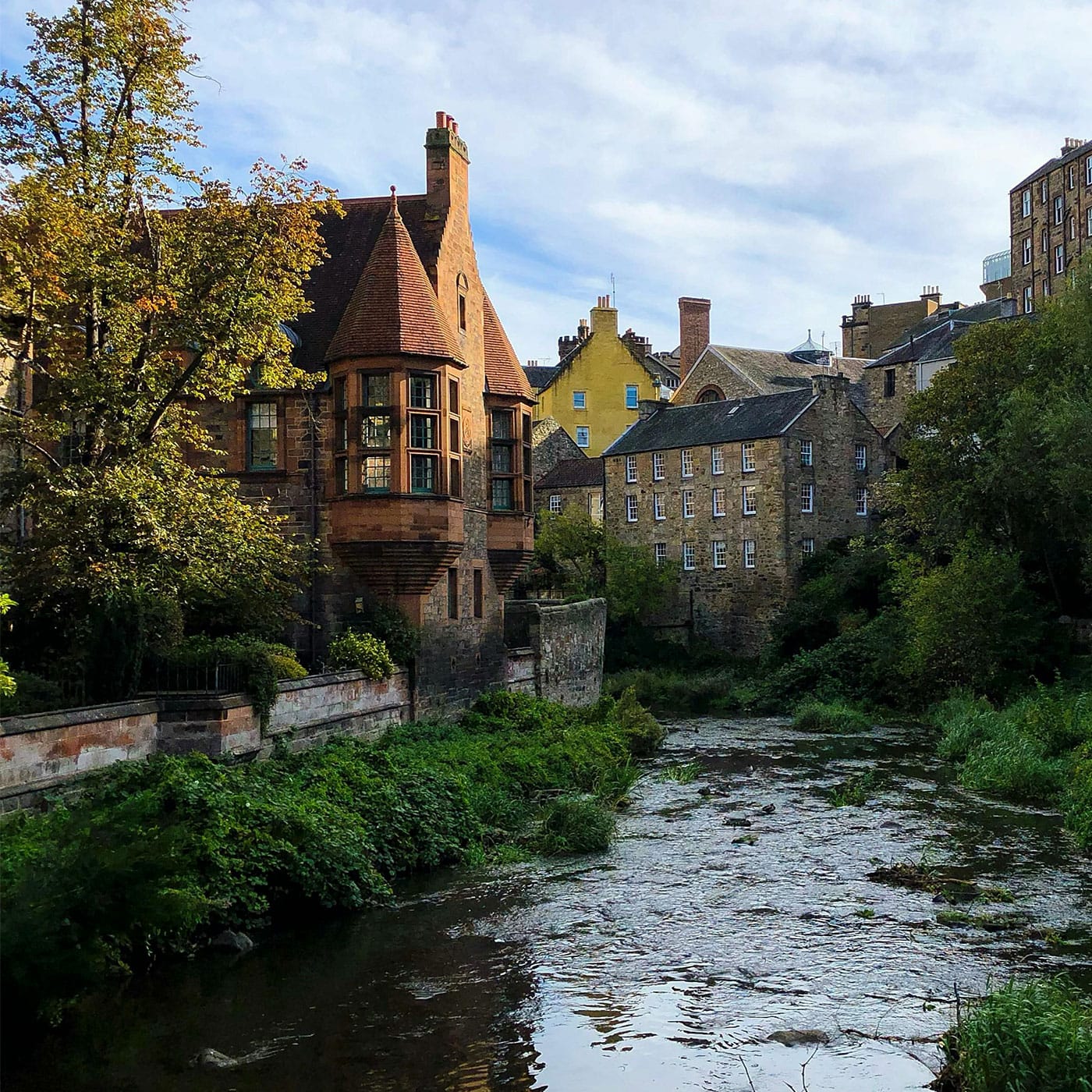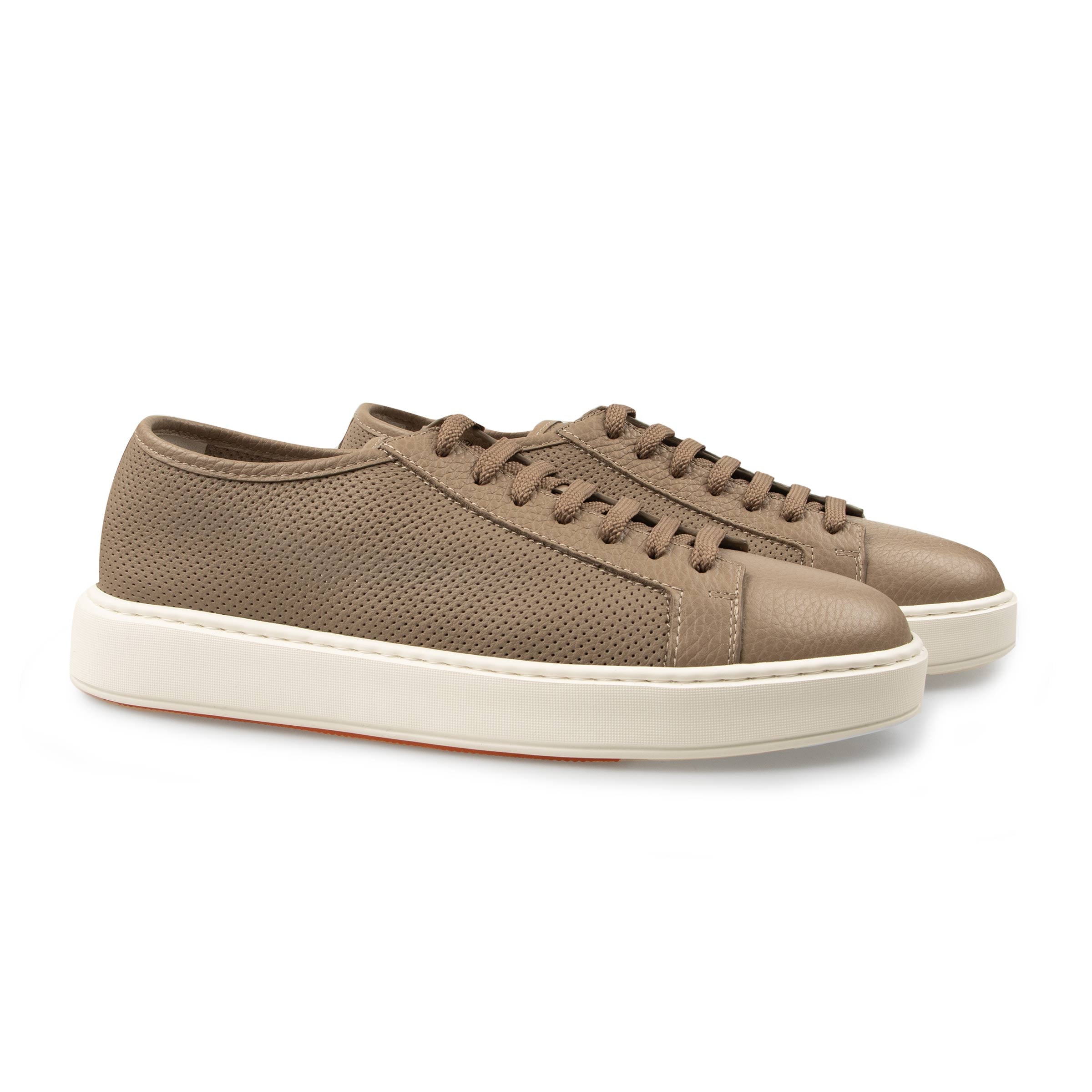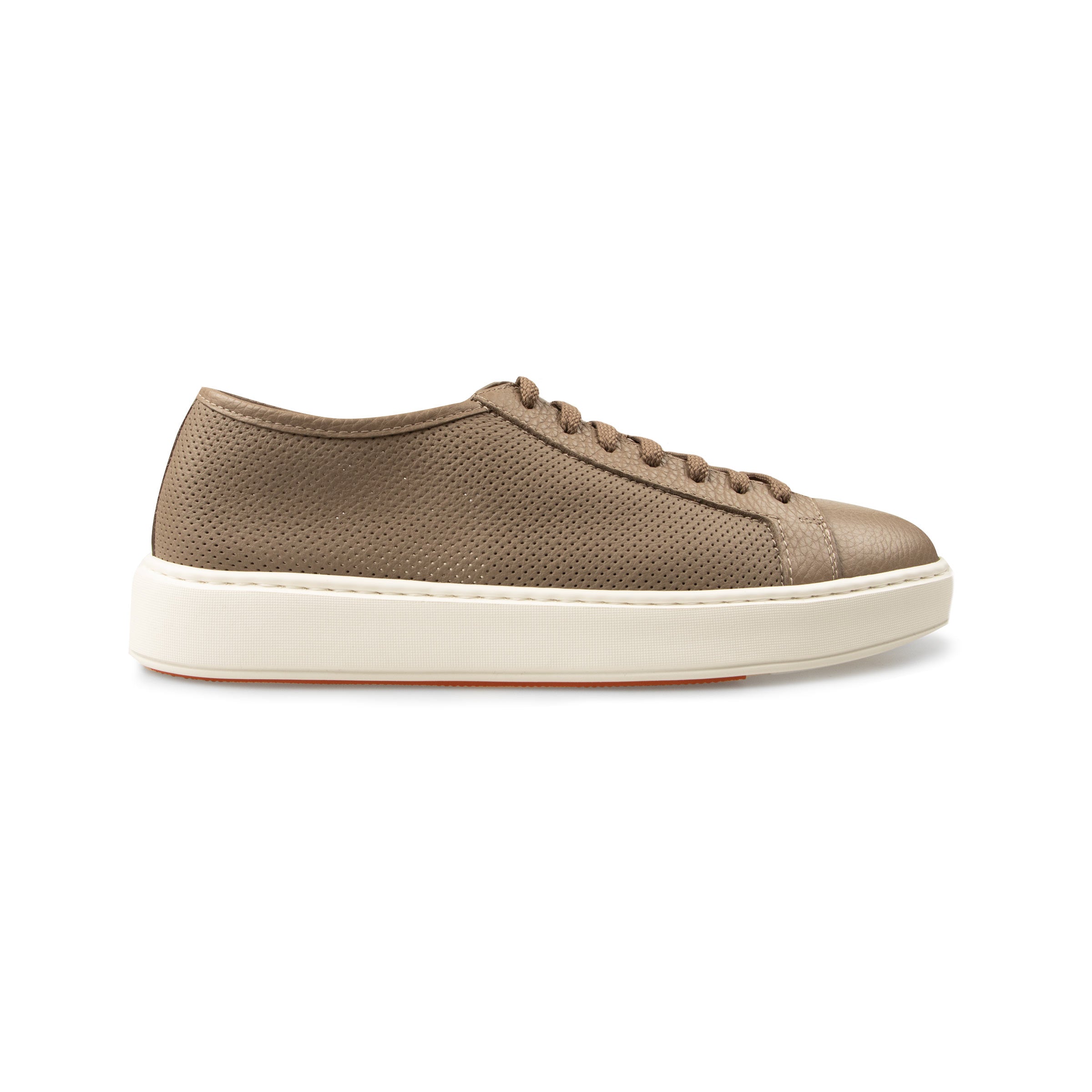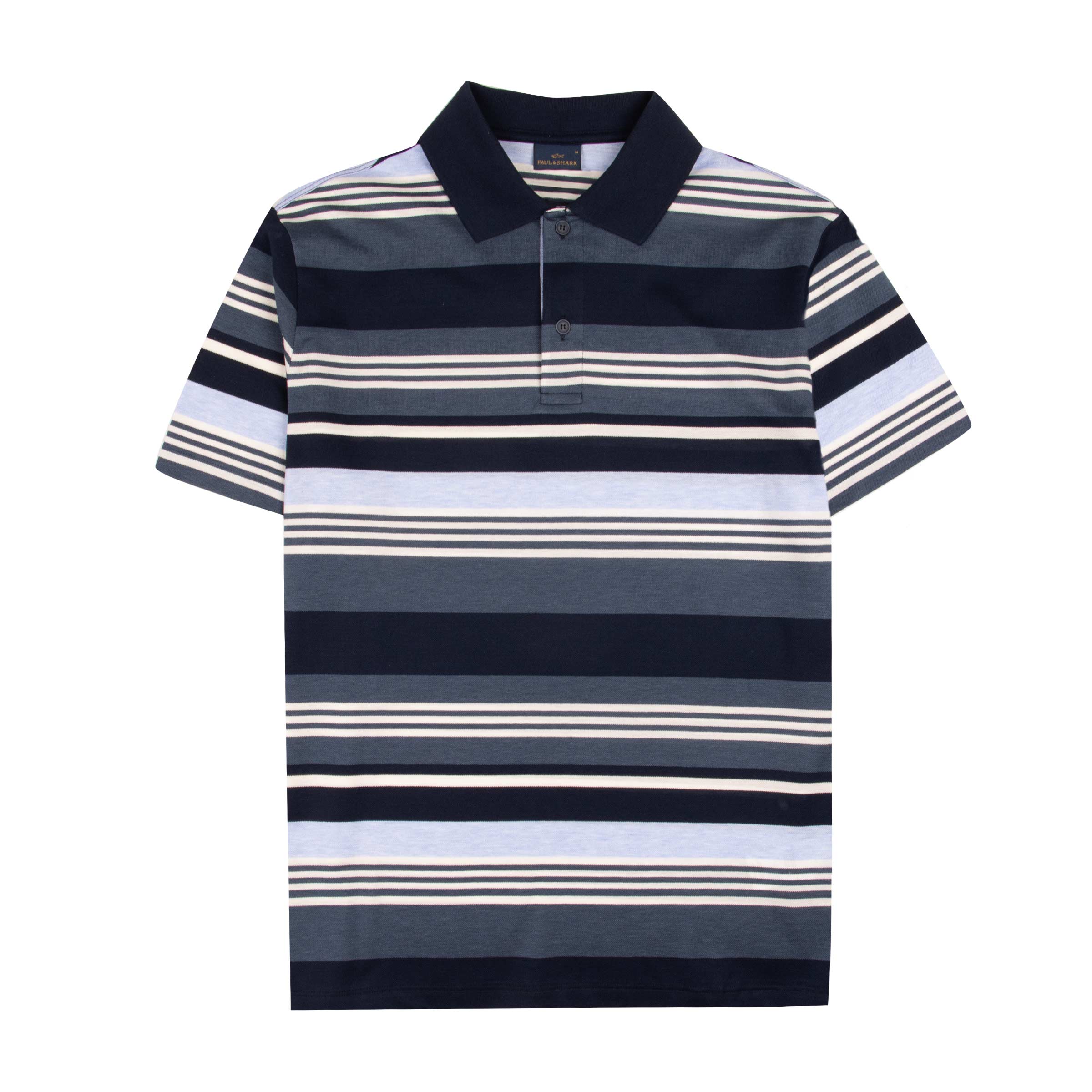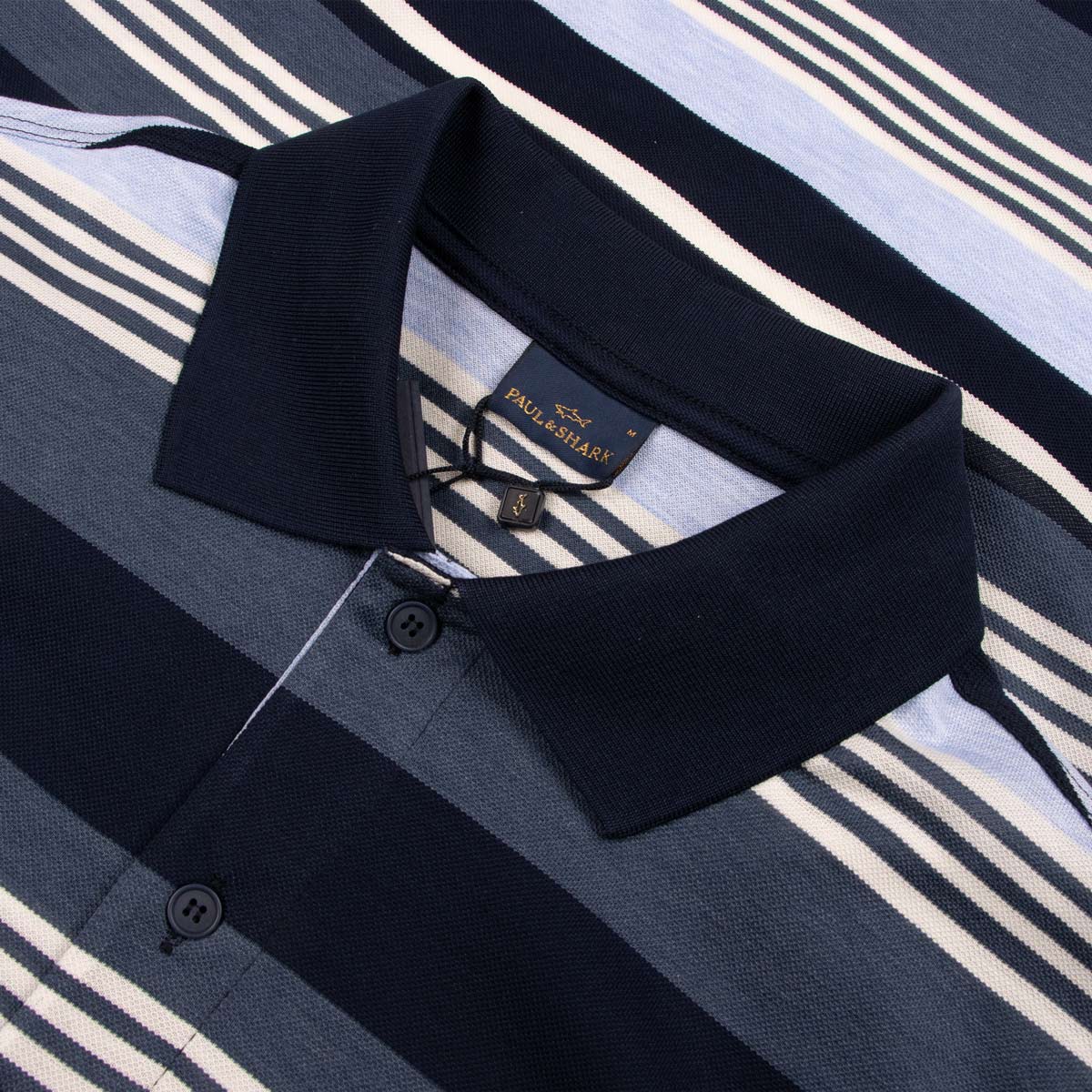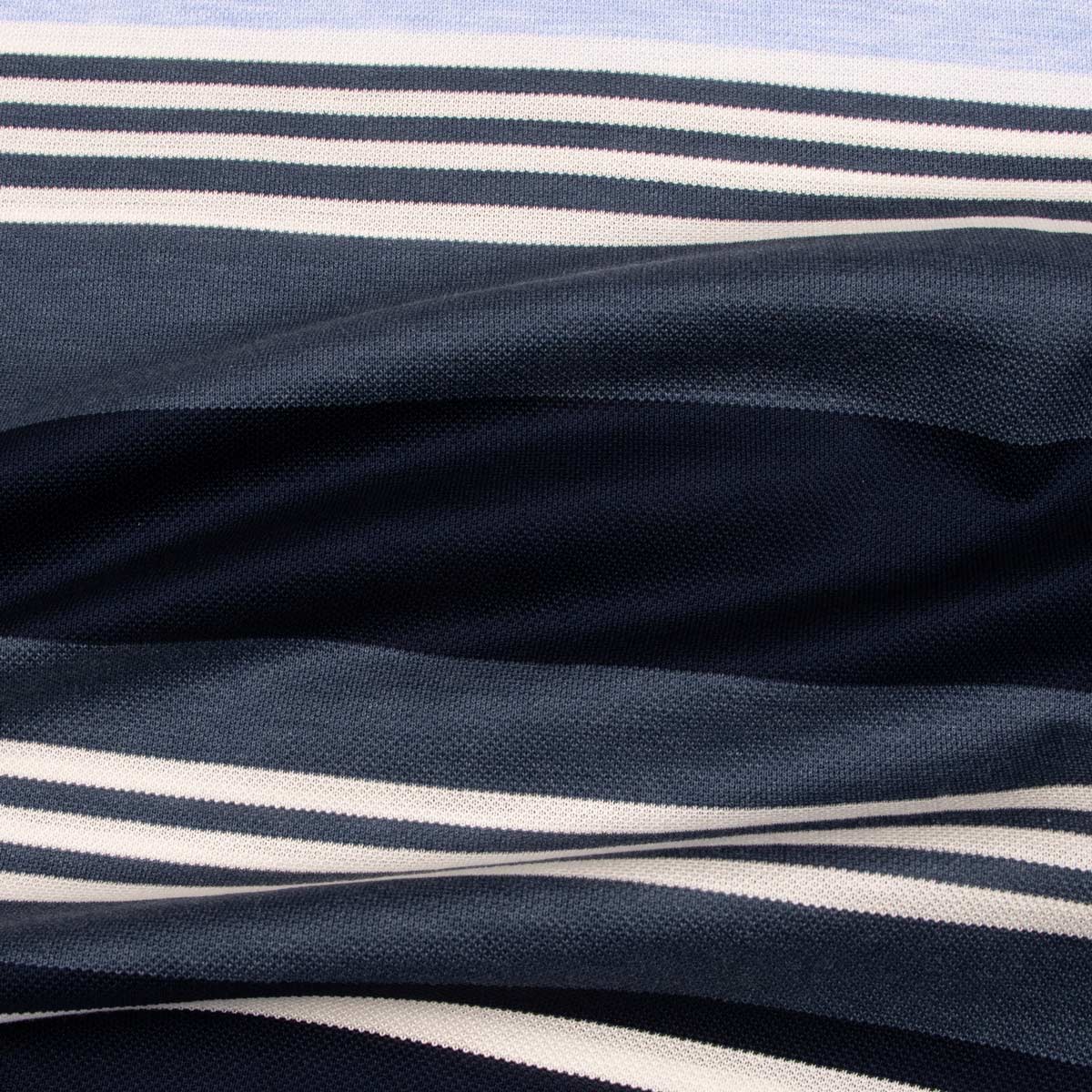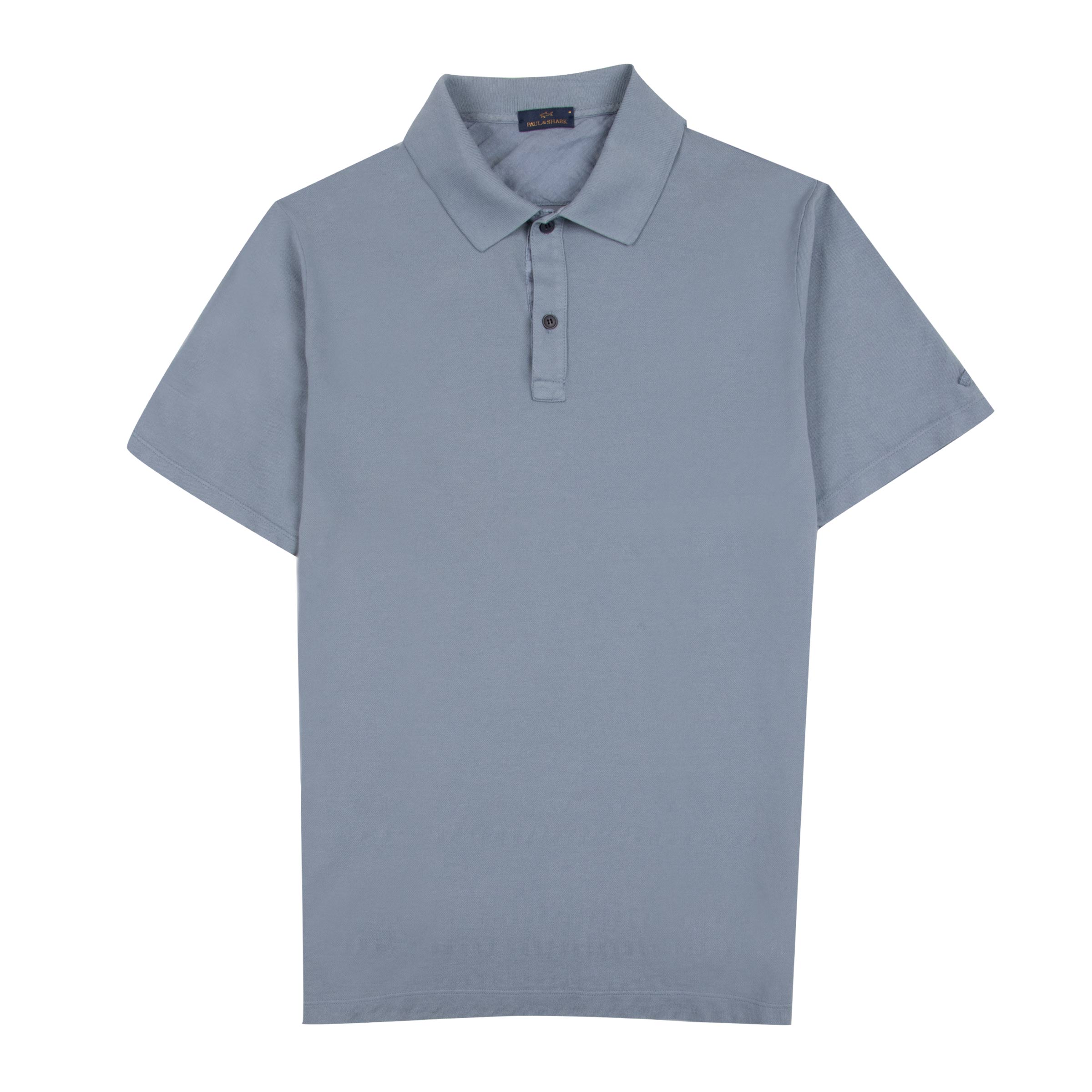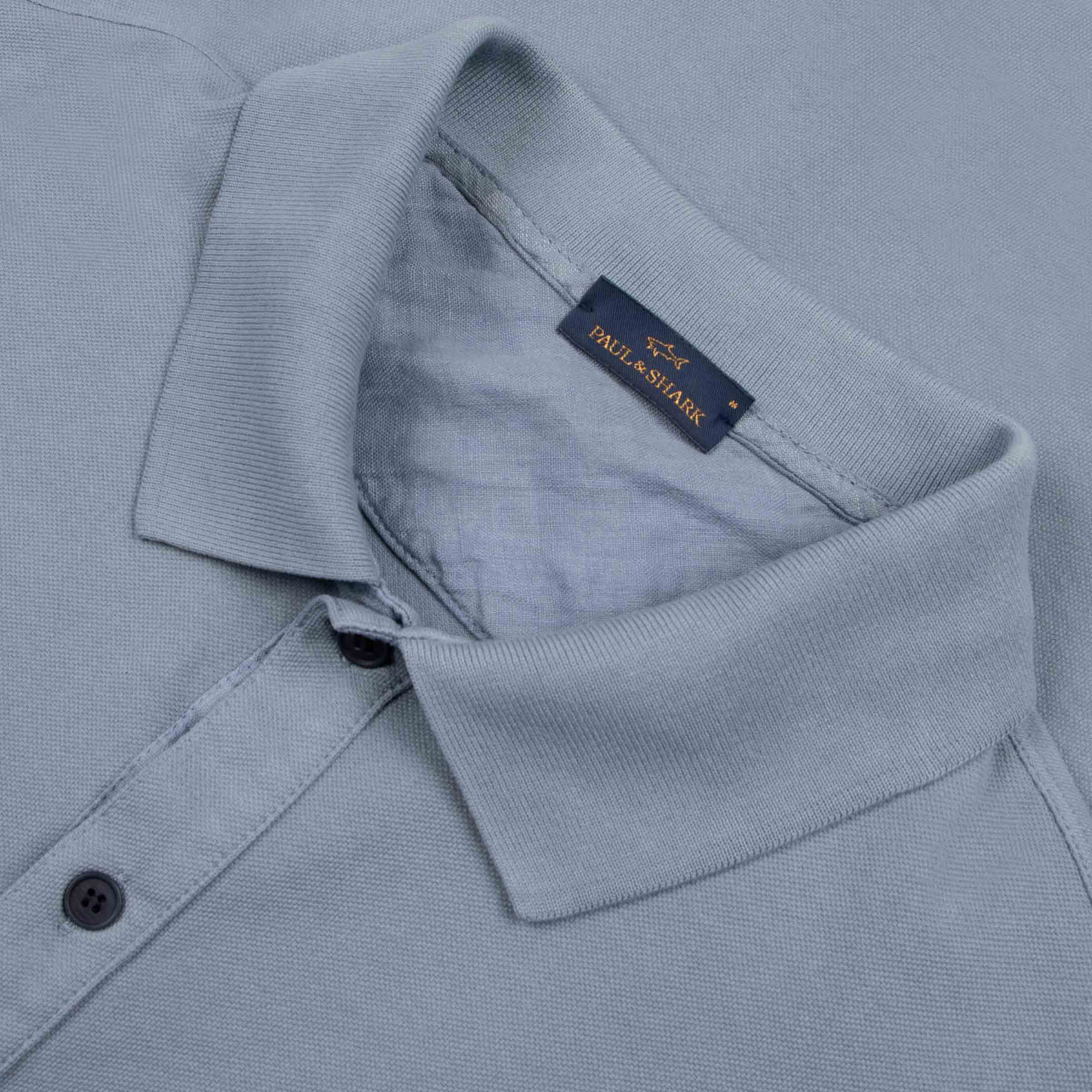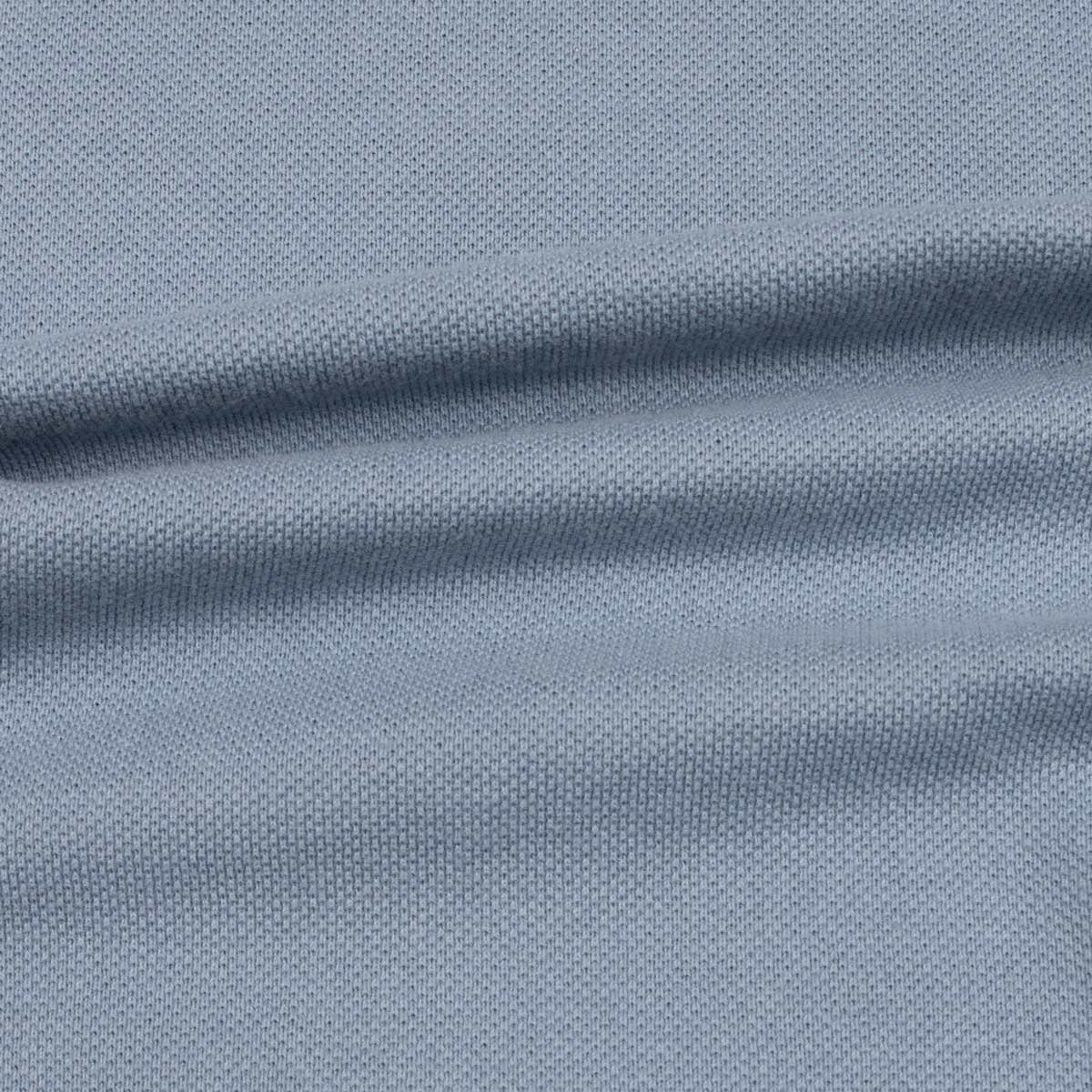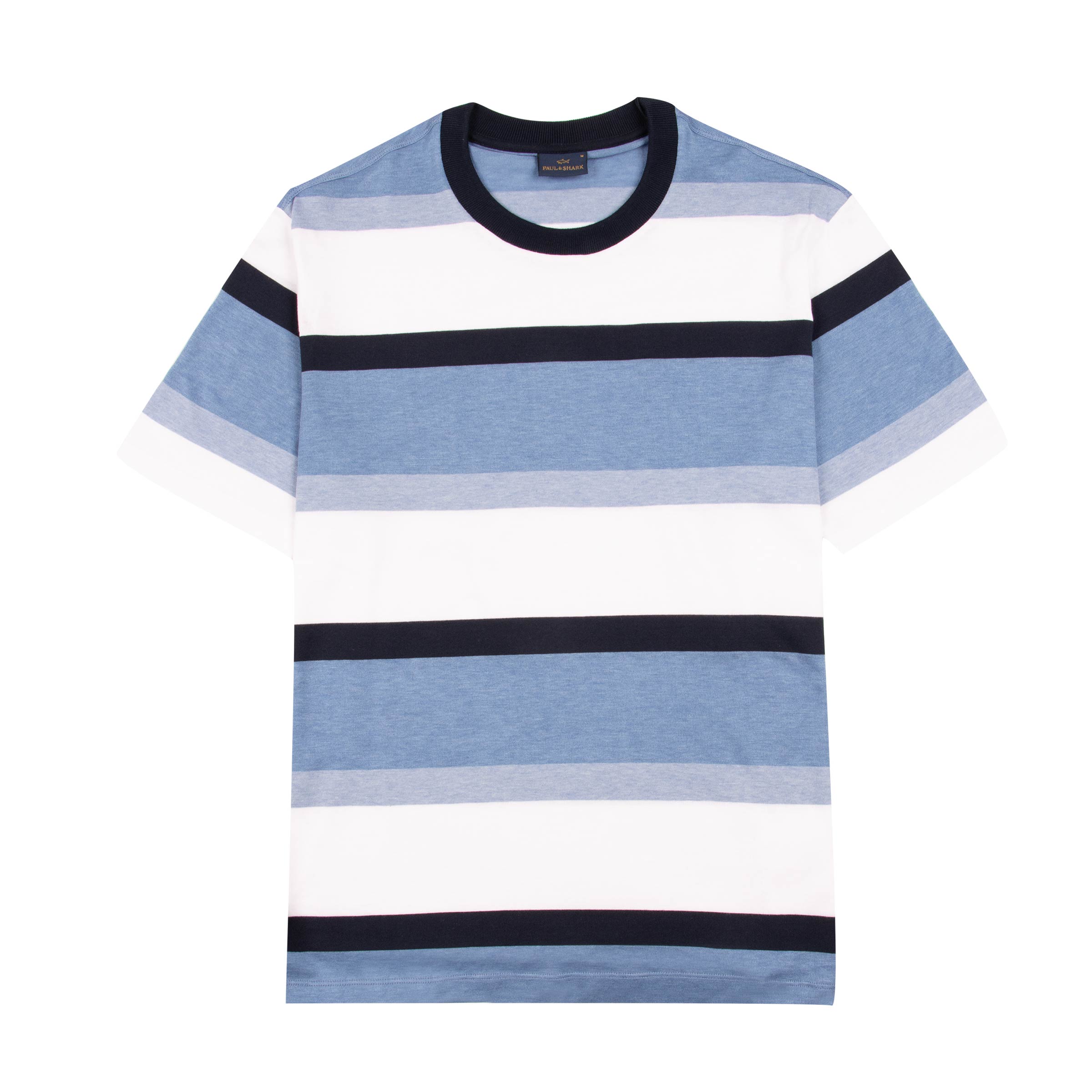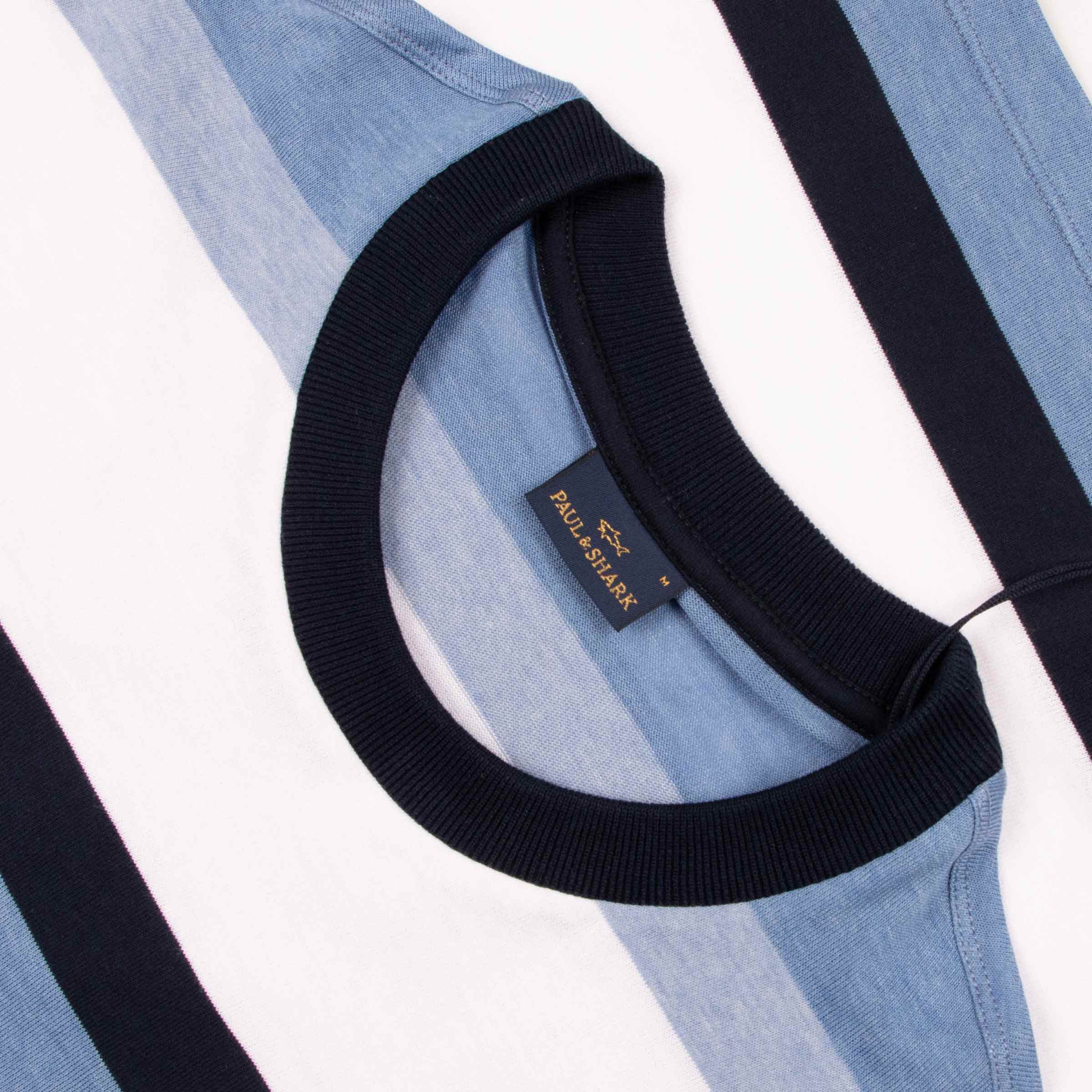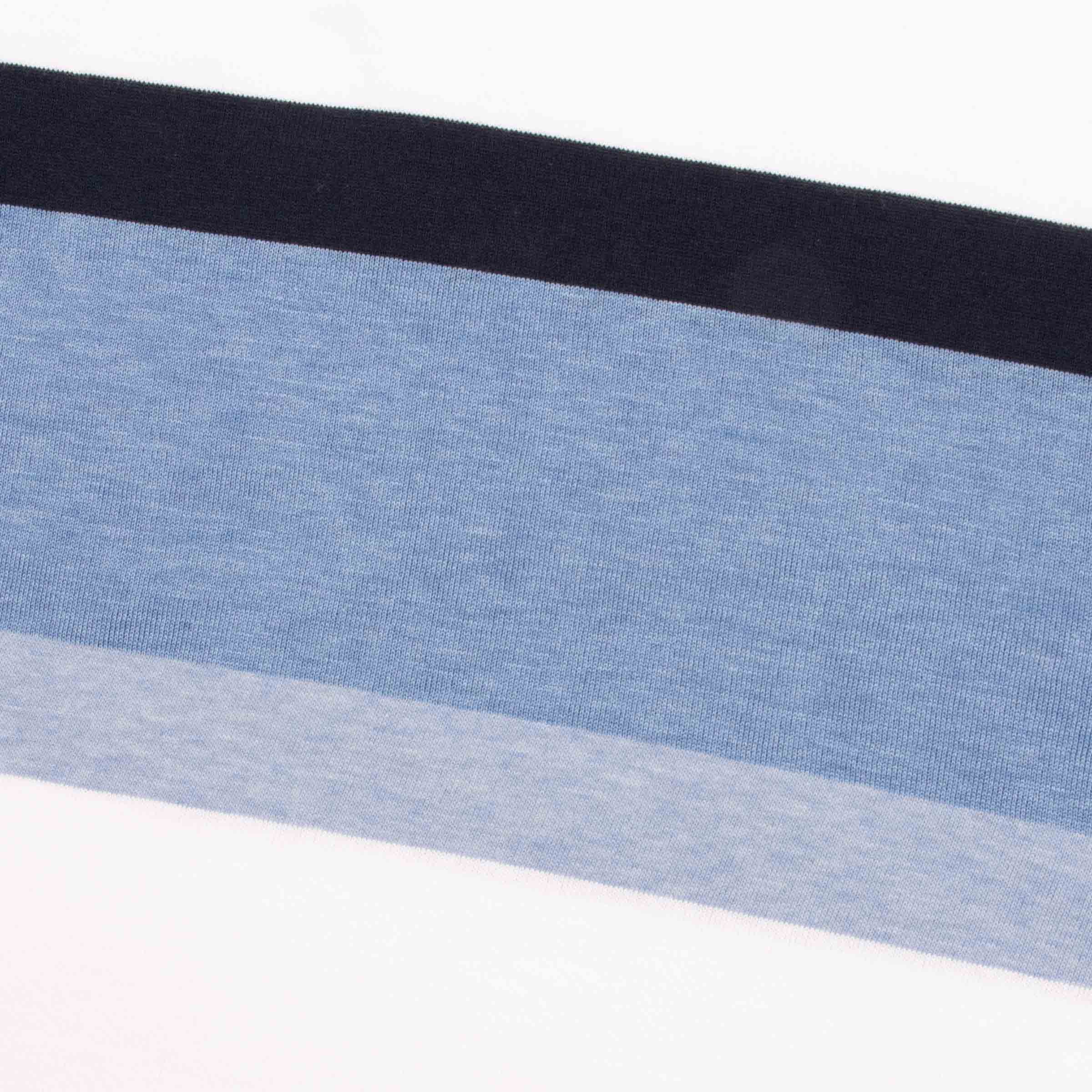When it comes to luxury textiles, few materials rival the softness and elegance of cashmere. Renowned for its softness and ability to provide warmth without weight, cashmere has become synonymous with luxury and refinement.
While its origins trace back to the Himalayan regions of Kashmir, the journey of cashmere wool from remote mountain goats to exquisite garments has a fascinating chapter set in Scotland, which is continued to this day by our suppliers. Scotland’s part in crafting premium cashmere textiles involves a blend of historical expertise, skilled craftsmanship, and continuous innovation.
The introduction of cashmere to Scotland in the late 18th century was a pivotal moment. Scotland already had a long-established reputation for producing high-quality woolen textiles, thanks to its skilled weavers and abundance of natural resources. When raw cashmere wool began arriving on Scottish shores, local textile mills quickly recognized its potential. Mills in the Borders region, particularly in towns like Hawick and Galashiels, adapted their expertise in wool production to process cashmere, transforming the imported raw material into luxurious fabrics.
What set Scotland apart was not only its weaving expertise but also its environment. The country’s soft water, abundant in the Borders and Highlands, proved ideal for washing and dyeing cashmere. This water contributed to the softness of the finished textiles and allowed Scottish mills to create vibrant, long-lasting colors. These unique qualities quickly established Scotland as a hub for premium cashmere production.
The Rise of Iconic Scottish Mills
As the demand for cashmere grew, Scottish mills honed their techniques, becoming global leaders in the production of high-quality cashmere garments. Among these is our own supplier Todd & Duncan, a name synonymous with the art of cashmere yarn spinning. Founded in 1867 and based on the shores of Loch Leven, Todd & Duncan have perfected the craft of transforming raw cashmere fibers into premium yarns. Their location by the loch not only offers a stunning setting but also provides the soft water essential for dyeing cashmere to vibrant perfection.
Modern-Day Sustainability and Innovation
In the 21st century, Scotland’s connection to cashmere remains as strong as ever, but it has evolved to meet the demands of modern consumers. Ethical sourcing and sustainability have become central to the industry, and Todd & Duncan work closely with suppliers in Mongolia and China to ensure the welfare of cashmere-producing goats and the sustainability of grazing lands.
Innovation also plays a significant role. Advances in dyeing techniques, fabric blends, and manufacturing processes have allowed Scottish mills to create lighter, more durable, and versatile cashmere garments. Whether it’s a classic V-neck sweater, a tailored blazer, or a luxurious scarf, Scottish cashmere continues to set the standard for quality and elegance.
Why look for Scottish cashmere today?
The story of Scotland’s relationship with this textile is a testament to the enduring value of craftsmanship and tradition, representing a culmination of centuries of skill, dedication, and innovation in textile production. When you invest in any of our pieces of Scottish cashmere, you’re acquiring a piece of history, imbued with the care and skill of generations of artisans.
You can view our full range of pure cashmere sweaters here, or find out more about what to look for in your cashmere here.
